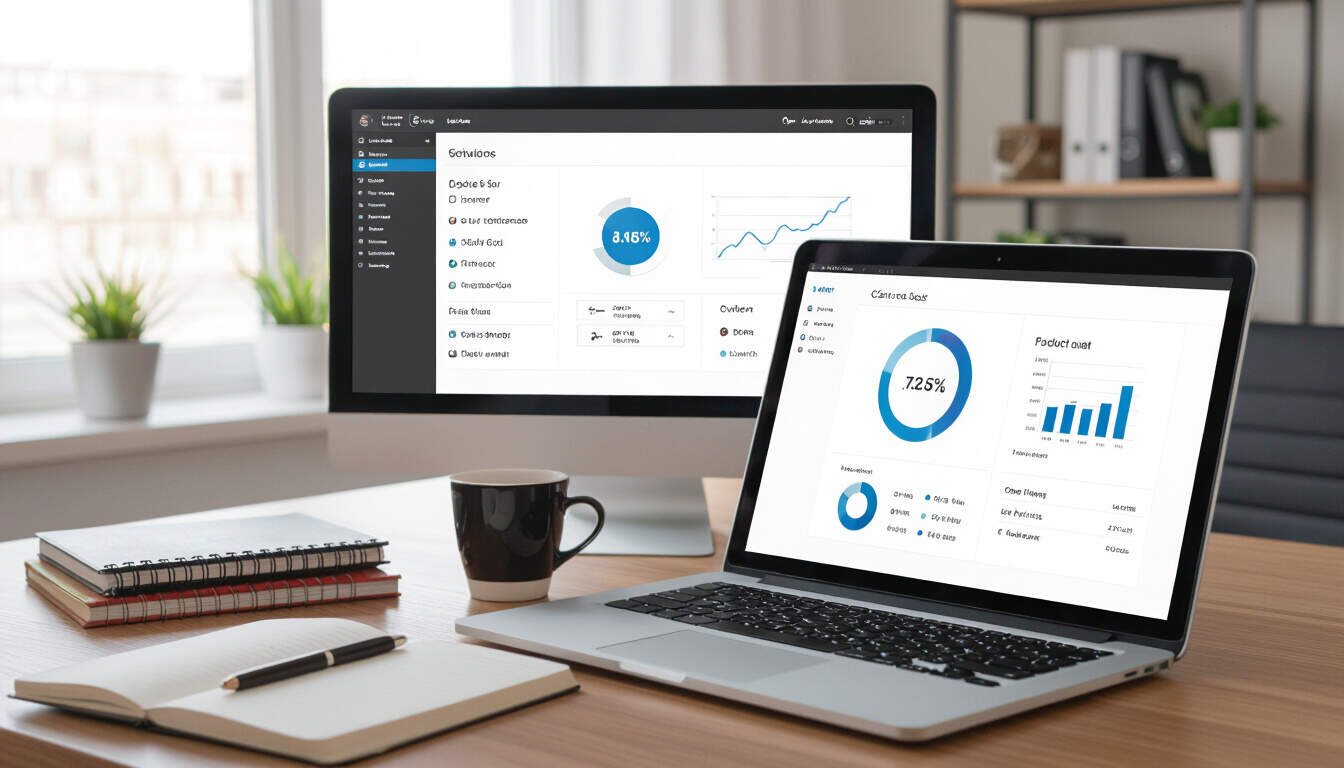Conducting Competitive Analysis for Solo SaaS
 by Verner Mayer
by Verner Mayer
Explore how solo developers can perform effective competitive analysis in SaaS to refine their products and architecture. This guide covers essential steps, practical tools, and real examples to help build better solo SaaS solutions.

For solo developers working on SaaS projects, competitive analysis serves as a key tool to identify opportunities and refine architecture. This process involves examining other products in the market to inform decisions about features and structure.
Why Competitive Analysis Matters for Solo SaaS
In software development, especially for solo efforts, knowing what competitors offer can guide product evolution. For instance, SaaS platforms often vary in how they handle user data and scalability, which directly impacts architecture choices. By reviewing these aspects, developers can avoid common pitfalls and focus resources efficiently.
A real example comes from a solo developer who created a project management tool. They noticed that many competitors lacked strong mobile integration, allowing them to prioritize this in their own design. This insight helped shape a more user-friendly architecture that stood out.
Step-by-Step Guide to Competitive Analysis
To start, gather a list of direct competitors in your niche. Begin by searching online for similar SaaS offerings and note their key features. This step helps in building a comprehensive overview.
Next, evaluate each competitor's strengths and weaknesses. Look at factors like pricing, user interface, and performance. For solo developers, pay special attention to how these elements tie into backend systems and data management.
Here is a simple breakdown:
- Research Phase: Identify 5-10 competitors and list their main features. Use free tools like browser extensions to collect data quickly.
- Analysis Phase: Compare aspects such as ease of use and integration options. For example, if a competitor uses a monolithic structure, consider adopting a microservices approach for better flexibility.
- Insight Phase: Document findings in a spreadsheet. This might reveal gaps, like inadequate security measures, which you can address in your own SaaS build.
In practice, a solo developer building a CRM system analyzed popular tools and found that none offered seamless API connections for small businesses. They then integrated robust APIs early in development, enhancing their product's appeal.
Tools for Effective Analysis
Several straightforward tools can aid in this process without overwhelming a solo setup. Web scrapers and analytics platforms provide data on user engagement and market trends.
For instance, basic software like Google Sheets can track competitor features, while monitoring services offer insights into website traffic. These tools help in assessing how competitors structure their applications, informing your own architectural decisions.
One developer used a combination of these to study e-commerce SaaS solutions. They discovered that scalable cloud services were common, prompting them to adopt similar tech for handling peak loads.
Integrating Findings into SaaS Architecture
Once analysis is complete, apply the insights to your project. This might mean adjusting database choices or feature sets to better match market needs.
For example, if competitors rely on outdated frameworks, opt for modern alternatives that improve speed and reliability. A developer working alone on a analytics platform used findings to switch to a more efficient data storage solution, boosting performance.
Practical tips include:
- Prioritize features based on competitor gaps.
- Test prototypes against analyzed data to ensure alignment.
- Iterate regularly, using feedback loops to refine architecture.
In a case study, a solo creator of a booking system identified that rivals had poor customization options. By adding flexible modules, they created a more adaptable system that attracted more users.
Real-World Examples and Lessons
Consider the story of a developer who launched a simple invoicing tool. Through analysis, they learned that larger competitors ignored mobile-first designs, so they built their app with responsive features from the start.
This approach not only differentiated their product but also ensured a solid foundation for future updates. Lessons like this underscore the value of ongoing analysis in maintaining a competitive edge.
Another example involves a niche SaaS for content creators. The developer examined market leaders and noted inconsistencies in data privacy. By emphasizing secure practices in their architecture, they gained trust and user loyalty.
Final Thoughts on Building Better SaaS
By consistently performing competitive analysis, solo developers can make informed choices that enhance their projects. This practice leads to stronger, more resilient products that meet real user demands.
Ultimately, the goal is to create SaaS solutions that not only function well but also stand out in a crowded market. With these strategies, you can turn insights into actionable improvements for your own development efforts.
